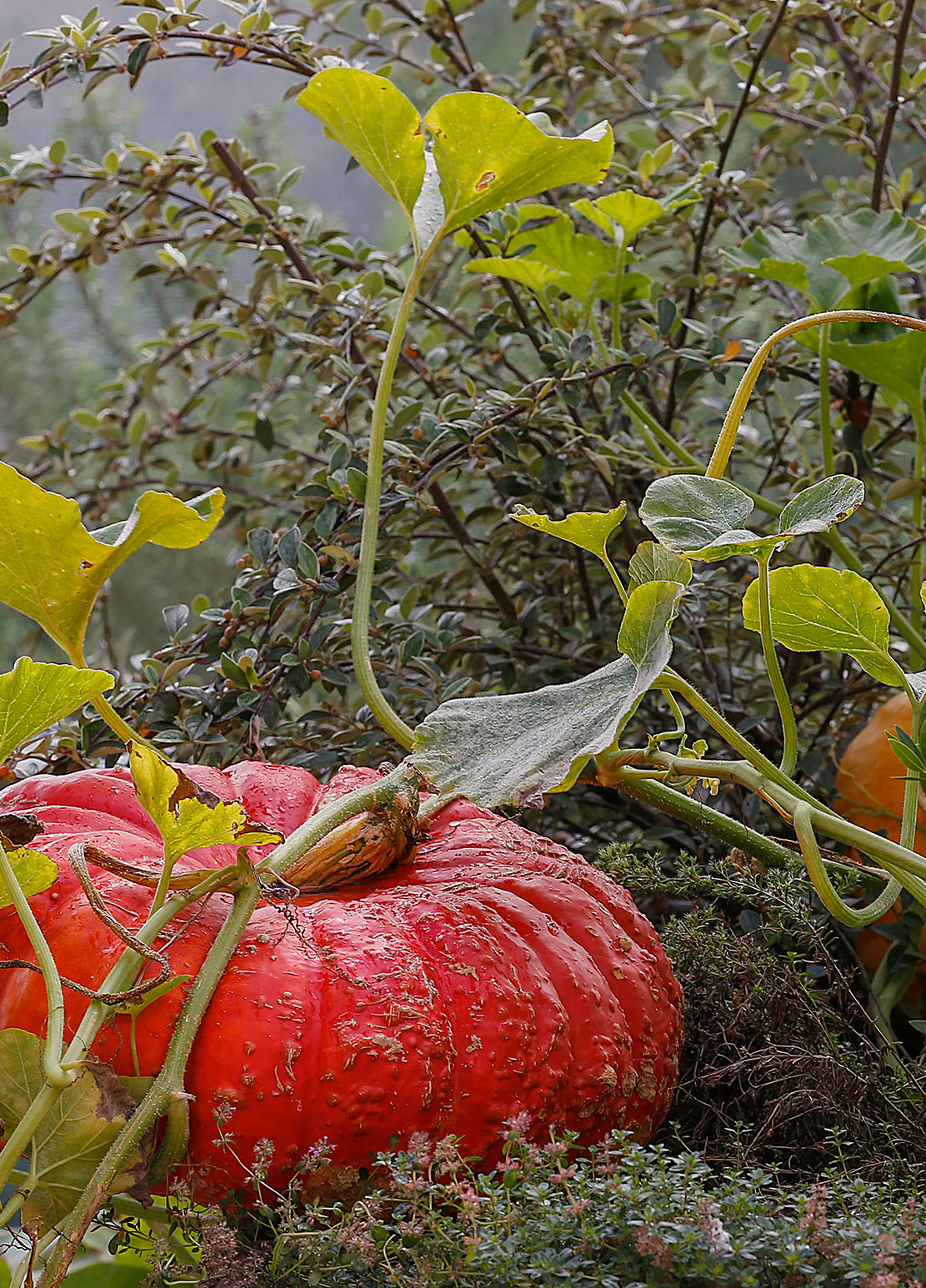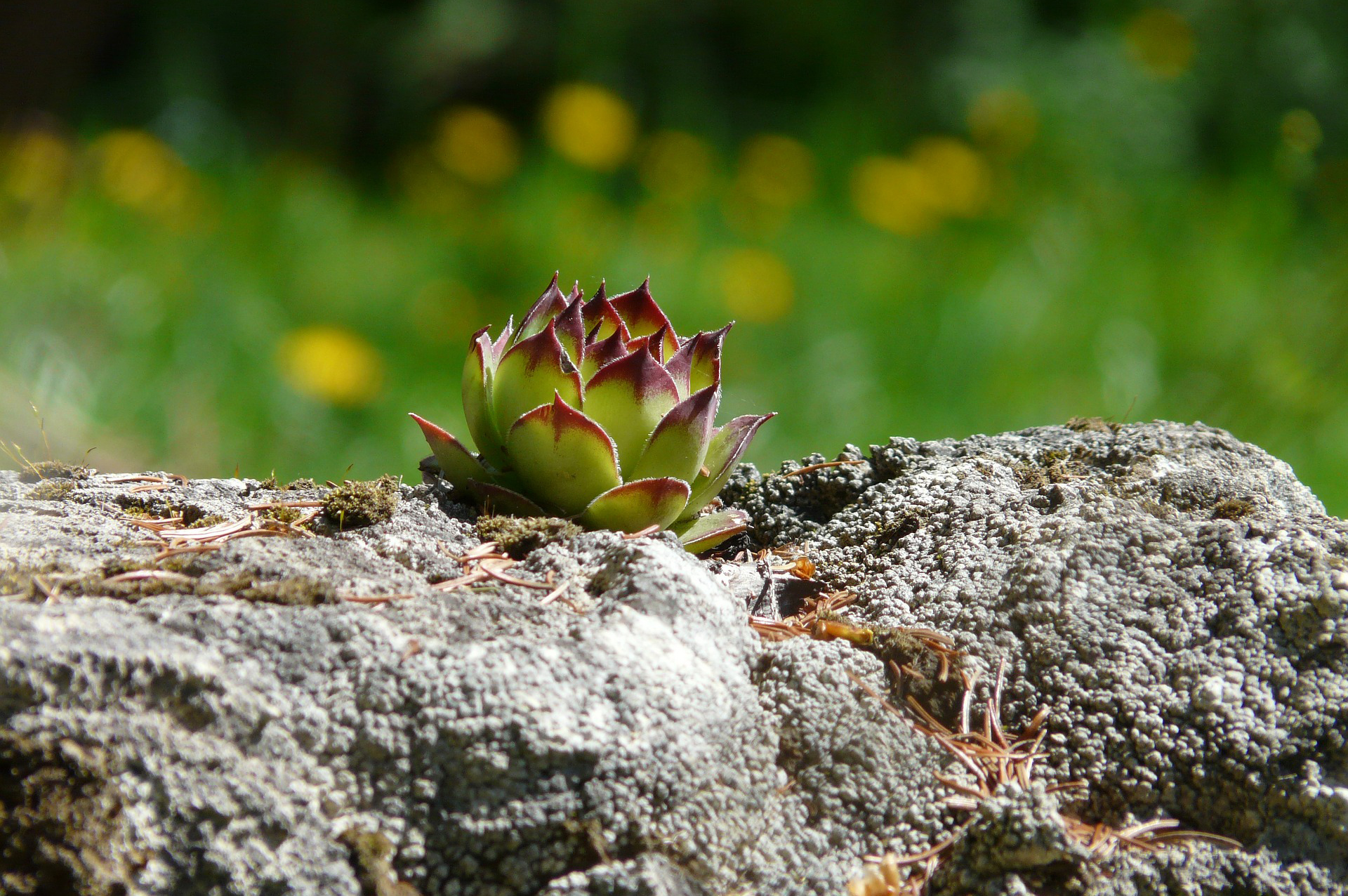TREES, PILLARS OF LIFE
From time immemorial, trees have been a symbol of life, of taking root. Today, they convey an idea of resilience, adaptation. They rise towards the sky at their own pace, slowly. Motionless, they spread their branches in search of light to activate photosynthesis and boost growth.
From their roots to their leaves, they retain the strength nature has given them over the years. Their resistance makes them survivors that have been acclimatizing to various environments for 400 million years.
Some trees thrive in dry deserts and others grow on frozen plains, some even grow in water while others bloom in cities, at the heart of urban hustle and bustle.
“Trees are twice as useful as fruit.” Cicero
Trees are known for their ability to produce rain. Through their perspiration, they create the humidity that attracts clouds and makes them expand. Water is linked to the presence of trees and forests. They are the first plant to regenerate a land affected by desertification.
TREES AND THE SOIL
The visible parts of the tree, its trunk, branches and foliage, are habitats for biodiversity. They provide a home for birds, insects and other living organisms. Trees preserve the balance of local ecosystems and create microclimates in the surrounding area.
When its leaves or dead branches fall, this organic matter is recycled by the soil microfauna and microflora to generate humus. This material fertilises the soil over time, at a rate of 10 tonnes of biomass per hectare per year. Thanks to lignin, an element present in the wood, the decomposing fungi can stabilise the humus, which protects the soil from leaching and erosion. The tree regenerates the earth and invites life.
But the invisible part of a tree, twice its visible size, lies underground. It comprises its roots, which form a real network of unsuspected richness.
According to studies by Stefano Mancuso, an Italian biologist specialising in plant intelligence, the roots of a tree can detect up to 20 different physical and chemical parameters
The roots of a tree also share a connection with certain fungi. This relationship is called mycorrhizal symbiosis. It is a natural symbiosis between the root system and mycorrhizal fungi. The tree will feed its host with sugars while the microscopic fungus will seek water and minerals for the tree. Looking for water constitutes a considerable effort for a plant, which is why trees and fungi have co-evolved for millions of years. They help each other out. The soil is the scene of this benevolent exchange.
Thanks to this mycorrhizal symbiosis, trees can also exchange sugars and water with one another. A forest is therefore a vast communicating root network.
A CLIMATIC ALLY
Trees are substantial allies in the quality of an environment, they play the part of climatic buffer. With their aerial part, they purify and cool the air. With their underground part, they purify the water and stabilise the soil.
99% of a tree’s solid matter comes from the CO2 (carbon dioxide) in the atmosphere. This is why it is a carbon sink. Every year, it absorbs 30 kg of CO2 and releases O2 (oxygen). It contributes to curbing the earth’s greenhouse gases and makes the air breathable.
In the soil, trees will also help retain water by storing it thanks to their roots. They will filter it naturally and they can clean up the phreatic table.
In many respects, trees are fantastic plants, an emblem of health in many environments. They also boast nourishing and medicinal properties for humankind, which is why they are a solution in our sustainable agriculture and land management initiatives.
Has your view on trees changed?
*P.S: If you touch the leaves of a tree, electrical impulses are sent to its core, just like us. A tree feels your presence.



